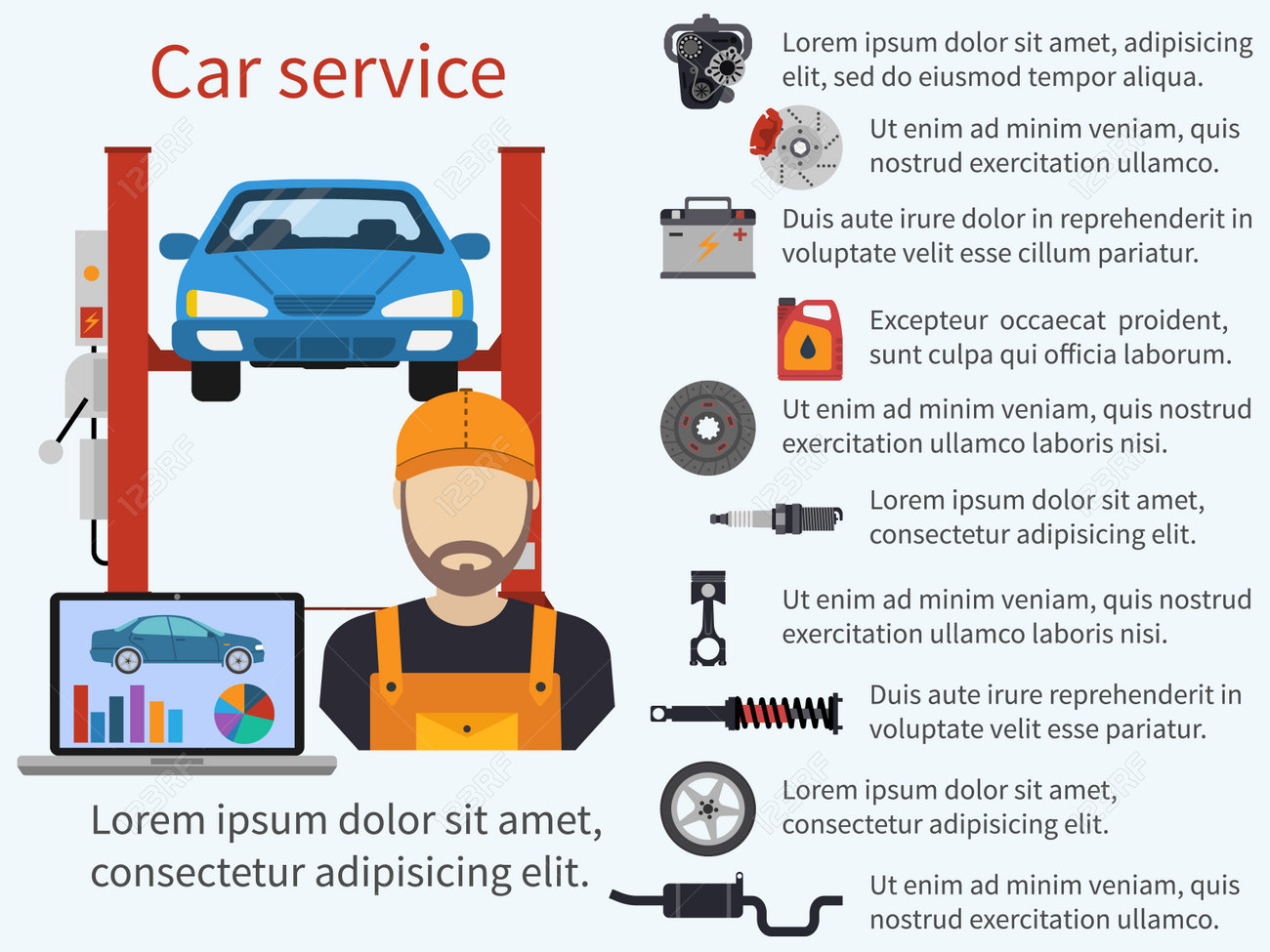Decoding Your Vehicle'S Caution Indicators: What They Truly Indicate
Decoding Your Vehicle'S Caution Indicators: What They Truly Indicate
Blog Article
Uploaded By-Higgins Torres
When you're behind the wheel, those beautiful warning lights on your dashboard can be a little bit bewildering. Do you understand what they're attempting to inform you regarding your vehicle's health and wellness? Recognizing the significance of these lights is vital for your safety and the long life of your vehicle. So, https://foxchronicle.com/how-inflation-affects-car-insurance-rates/ following time one of those lights turns up, would not you want to decipher its message accurately and take the necessary actions to address it?
Common Caution Lighting and Interpretations
Determine common caution lights in your car and recognize their definitions to guarantee safe driving.
One of the most typical caution lights include the check engine light, which indicates problems with the engine or emissions system. If this light begins, it's important to have your vehicle checked without delay.
The oil stress advising light suggests reduced oil pressure, calling for prompt interest to stop engine damage.
A flashing battery light might suggest a defective charging system, potentially leaving you stranded otherwise resolved.
check out here (TPMS) light informs you to reduced tire pressure, influencing lorry stability and gas effectiveness. Ignoring this can bring about dangerous driving problems.
bestcargroomernearme shows a trouble with the anti-lock braking system, compromising your ability to stop rapidly in emergencies.
Finally, the coolant temperature level advising light warns of engine getting too hot, which can lead to extreme damage otherwise settled swiftly.
Comprehending these usual warning lights will help you deal with concerns promptly and keep safe driving conditions.
Value of Prompt Interest
Recognizing the usual caution lights in your car is only the very first step; the value of without delay addressing these cautions can't be emphasized sufficient to guarantee your safety when traveling.
When a warning light brightens on your control panel, it's your automobile's way of interacting a prospective problem that needs interest. Overlooking these warnings can cause a lot more extreme problems later on, compromising your safety and security and possibly costing you more out of commission.
Trigger focus to alerting lights can protect against breakdowns and accidents. For instance, a blinking check engine light might show a misfire that, if left ignored, might create damages to the catalytic converter. Resolving this immediately can conserve you from an expensive repair service.
In a similar way, a brake system cautioning light could signal low brake fluid or worn brake pads, crucial components for your safety when driving.
Do It Yourself Troubleshooting Tips
If you notice a warning light on your control panel, there are a couple of do it yourself troubleshooting tips you can try before seeking specialist aid.
The first step is to consult your cars and truck's handbook to understand what the details caution light indicates. Occasionally the issue can be as straightforward as a loose gas cap setting off the check engine light. Tightening up the gas cap might deal with the problem.
An additional usual issue is a reduced battery, which can trigger numerous alerting lights. Examining the battery connections for rust and guaranteeing they're protected may repair the problem.
If a caution light persists, you can attempt resetting it by disconnecting the cars and truck's battery for a few minutes and then reconnecting it. Furthermore, checking your automobile's fluid levels, such as oil, coolant, and brake fluid, can help troubleshoot alerting lights connected to these systems.
Final thought
To conclude, understanding your automobile's warning lights is vital for maintaining your vehicle running smoothly and securely. By immediately dealing with these notifies and knowing what they indicate, you can stay clear of expensive fixings and prospective break downs.
Bear in mind to consult your auto's manual for particular details on each cautioning light and take action accordingly to make sure a trouble-free driving experience.
Remain educated, remain secure when traveling!
